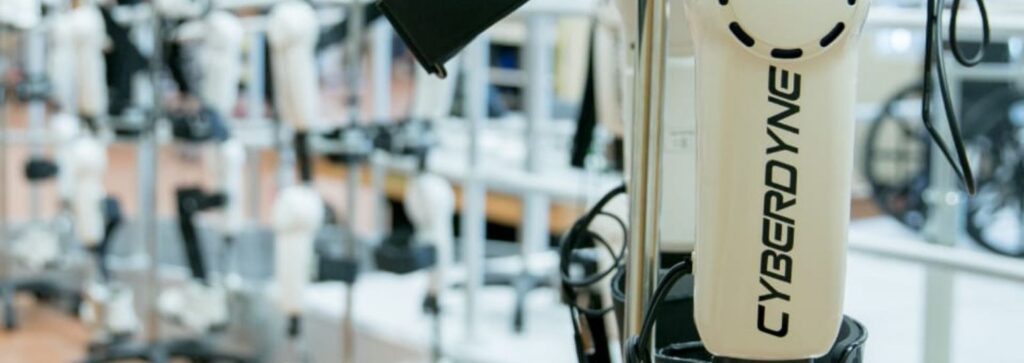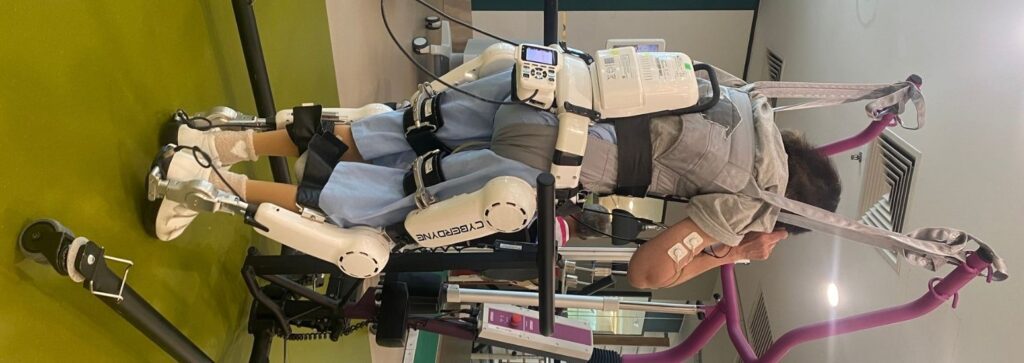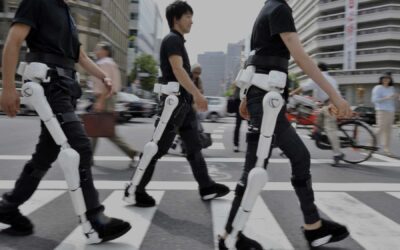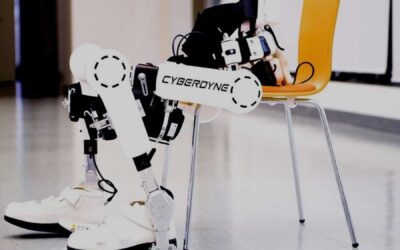“Cyberdyne” is the world’s first Wearable Cyborg™ or robot suit. Cyberdyne treatment in India is one such cherry on the cake that the country’s medical industry has Stroke Patients
With the Japanese sponsors taking a great interest in the business of Wearable Cyborg™ HAL®, India has become the prime destination for all the investments mentioned.
Robotic Technic for Stroke Patients

The brain first generates command signals. Next, the muscles receive the command signals generated by the brain.
HAL® reads the signals. Signals sent to muscles by the brain leak on the skin surface as very faint signals, so-called “bio-electric signals”. HAL® can read BES by only attaching the originally developed detectors on the surface of the wearer ‘s skin. By consolidating various information, HAL recognises what sorts of motions the wearer intends.
HAL® controls the power unit according to the movements it recognises to assist the wearer in moving according to his or her intentions.
HAL has two types of control systems that can be used together according to the conditions of the wearer. The “Cybernics Voluntary Control System” uses BES to perform the wearer‘s desired movements. The other is the “Cybernics Autonomous Control System” to realise human-like movements even if the BES cannot be detected. These two control methods are the reason why the Wearable Cyborg™ HAL® is such advanced technology.
The treatment follows the following steps…
Send
The brain first generates command signals. Next, the muscles receive the command signals generated by the brain. When a person’s body moves, they first think about the motions in their brain. By the thought “I want to walk.” our brain channelises the required signals to the muscles needed for the motion through nerves.
Transmission
Every muscle in a healthy body can receive signals from the brain to it and move as strongly and fast as intended. In the case of HAL, it is done with help of the technology involved in stimulating the nervous system.
Receiving Signals
Signals sent to muscles by the brain leak on the skin surface as very faint signals, so-called “bio-electric signals [BES]”. HAL can read BES only by attaching the originally developed detectors on the surface of the weaver‘s skin. By consolidating various information, HAL recognises what sort of motions the patient intends.
Response from Stroke patients after HAL

A human’s speed of thinking, controlling the muscle, and moving the joints are extremely rapid. HAL, as well as man, can process various information instantly. When the body starts moving, HAL moves too. HAL can now assist the wearer’s movements.
Patient Recovery/Rehabilitation
People with disorders leading to problems in gait are increasing rapidly in contemporary ageing societies. The HAL Robo Suits make a positive difference in the life of a patient affected by stroke, and paralysis, affecting the spinal cord, joints, and the central nervous system.
Individuals around the world use Cyberdyne technology to regain their mobility and restore their independence. Rehabilitation robots in physical therapy eventually work toward a patient’s strength and endurance!
Log onto https://rehabmodalities.com/ for a free demo.



